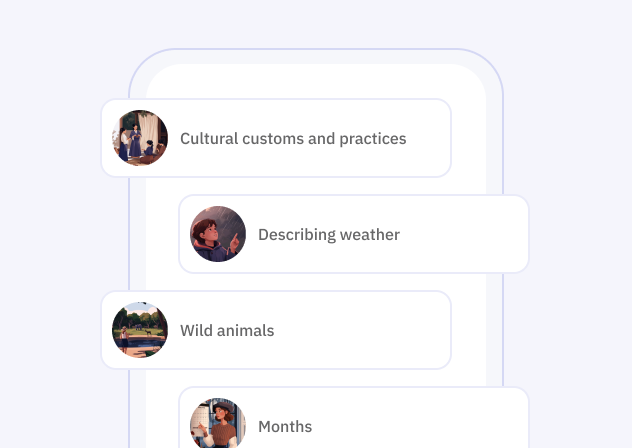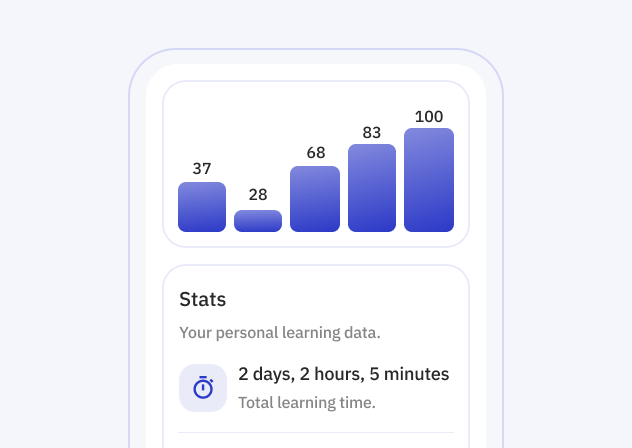The verb "point" is a versatile term in the English language, commonly used to convey the action of directing attention towards something by extending a finger or another object towards it. Pointing can be both literal, such as indicating a specific location or item, and figurative, such as highlighting an idea or aspect in a discussion. The verb encapsulates the act of aiming, directing, or focusing something, often to make it more noticeable or to draw interest to it. As a fundamental means of non-verbal communication, pointing serves as an important linguistic tool in expressing direction, attention, or emphasis.
She pointed to the map to show us where we were.
He pointed out the mistake in the report during the meeting.
The teacher pointed at the board to emphasize the important points.
The child pointed excitedly at the ice cream truck coming down the street.
During the presentation, she pointed to various charts and graphs to support her argument.
The witness pointed to the suspect in the lineup, identifying him as the perpetrator.
The tour guide pointed towards the ancient ruins explaining their historical significance.
He pointed his finger at me accusingly, which made me feel uncomfortable.
The sign pointed towards the exit, guiding the visitors out of the building.
The player pointed to the sky after scoring the winning goal as a tribute to his late father.
I point to the stars.
You point to the board.
He points to the map.
She points to the painting.
It points to the issue.
We point to the evidence.
They point to the landmarks.
I pointed to the stars.
You pointed to the board.
He pointed to the map.
She pointed to the painting.
It pointed to the issue.
We pointed to the evidence.
They pointed to the landmarks.
I will point to the stars.
You will point to the board.
He will point to the map.
She will point to the painting.
It will point to the issue.
We will point to the evidence.
They will point to the landmarks.
I am pointing to the stars.
You are pointing to the board.
He is pointing to the map.
She is pointing to the painting.
It is pointing to the issue.
We are pointing to the evidence.
They are pointing to the landmarks.
I was pointing to the stars.
You were pointing to the board.
He was pointing to the map.
She was pointing to the painting.
It was pointing to the issue.
We were pointing to the evidence.
They were pointing to the landmarks.
I have pointed to the stars.
You have pointed to the board.
He has pointed to the map.
She has pointed to the painting.
It has pointed to the issue.
We have pointed to the evidence.
They have pointed to the landmarks.
I will have pointed to the stars by then.
You will have pointed to the board by then.
He will have pointed to the map by then.
She will have pointed to the painting by then.
It will have pointed to the issue by then.
We will have pointed to the evidence by then.
They will have pointed to the landmarks by then.
The most efficient way to learn a language
Try Talkpal for free
Each individual learns in a unique way. With Talkpal technology, we have the ability to examine how millions of people learn simultaneously and design the most efficient educational platforms, which can be customized for each student.

Receive immediate, personalized feedback and suggestions to accelerate your language mastery.

Learn via methods tailored to your unique style and pace, ensuring a personalized and effective journey to fluency.
Talkpal is an AI-powered language tutor. It’s the most efficient way to learn a language. Chat about an unlimited amount of interesting topics either by writing or speaking while receiving messages with realistic voice.


Talkpal, Inc., 2810 N Church St, Wilmington, Delaware 19802, US
© 2025 All Rights Reserved.